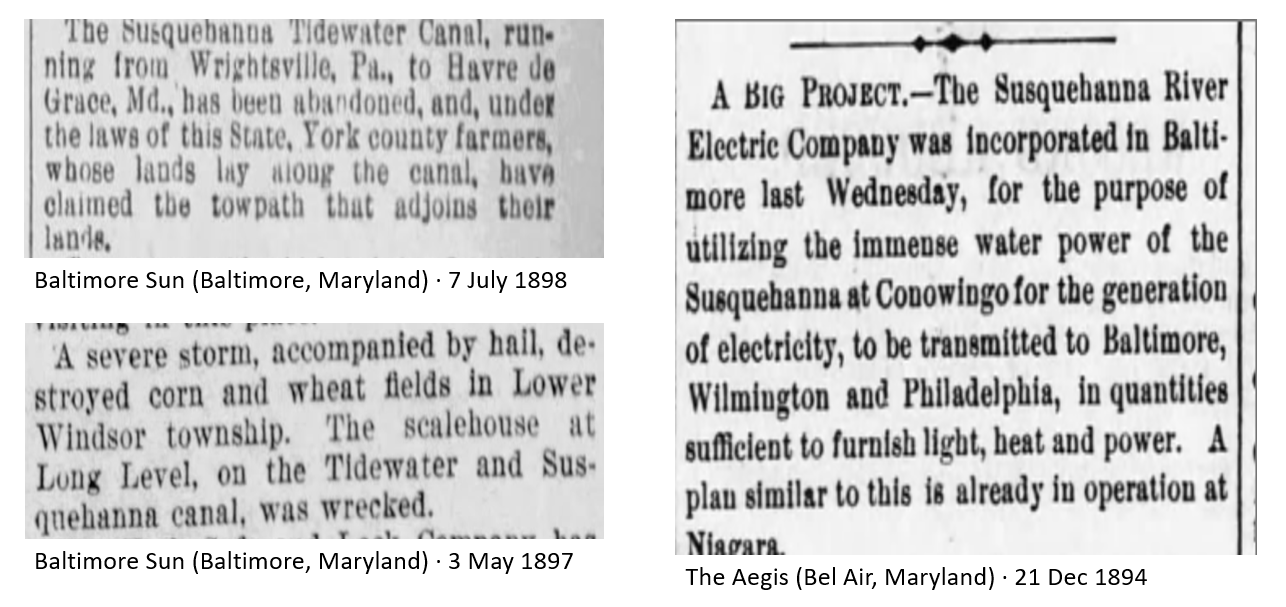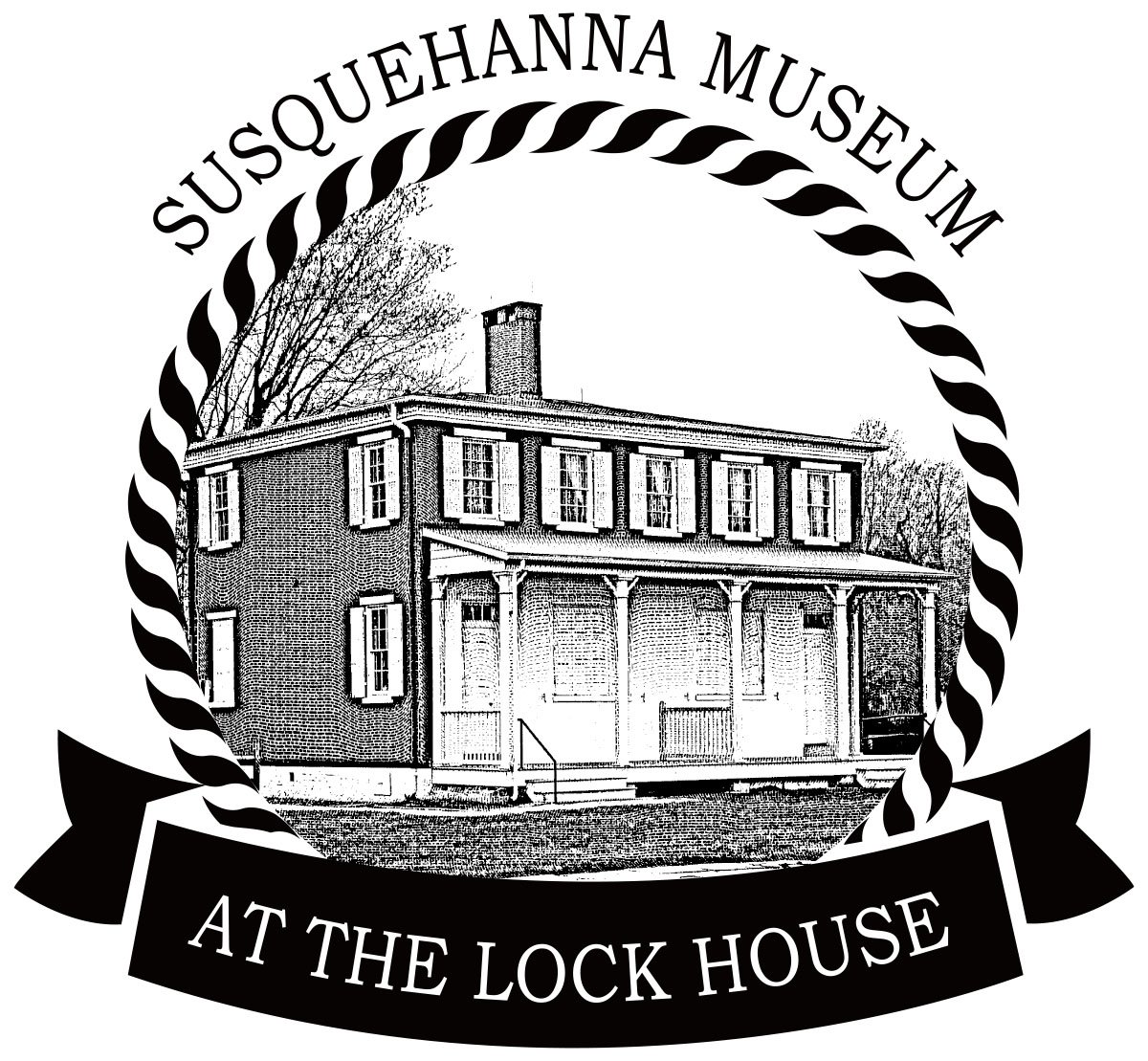
Closing the Canal
Navigate using the arrows on the side or press the "Start" button to let autoplay control the slides. Mobile and tablet users, please turn your phone horizontal for the best experience!
The 1889 Storm
The Susquehanna & Tidewater Canal faced financial struggles due to high maintenance costs and competition from the railroad. The 1889 storm, which also caused the Johnstown Flood, dealt a final blow, destroying large sections of the canal. With massive damage and the tow path mostly ruined, the canal was essentially closed. There was limited traffic, mainly serving the lime kilns and the Susquehanna Paper Company.
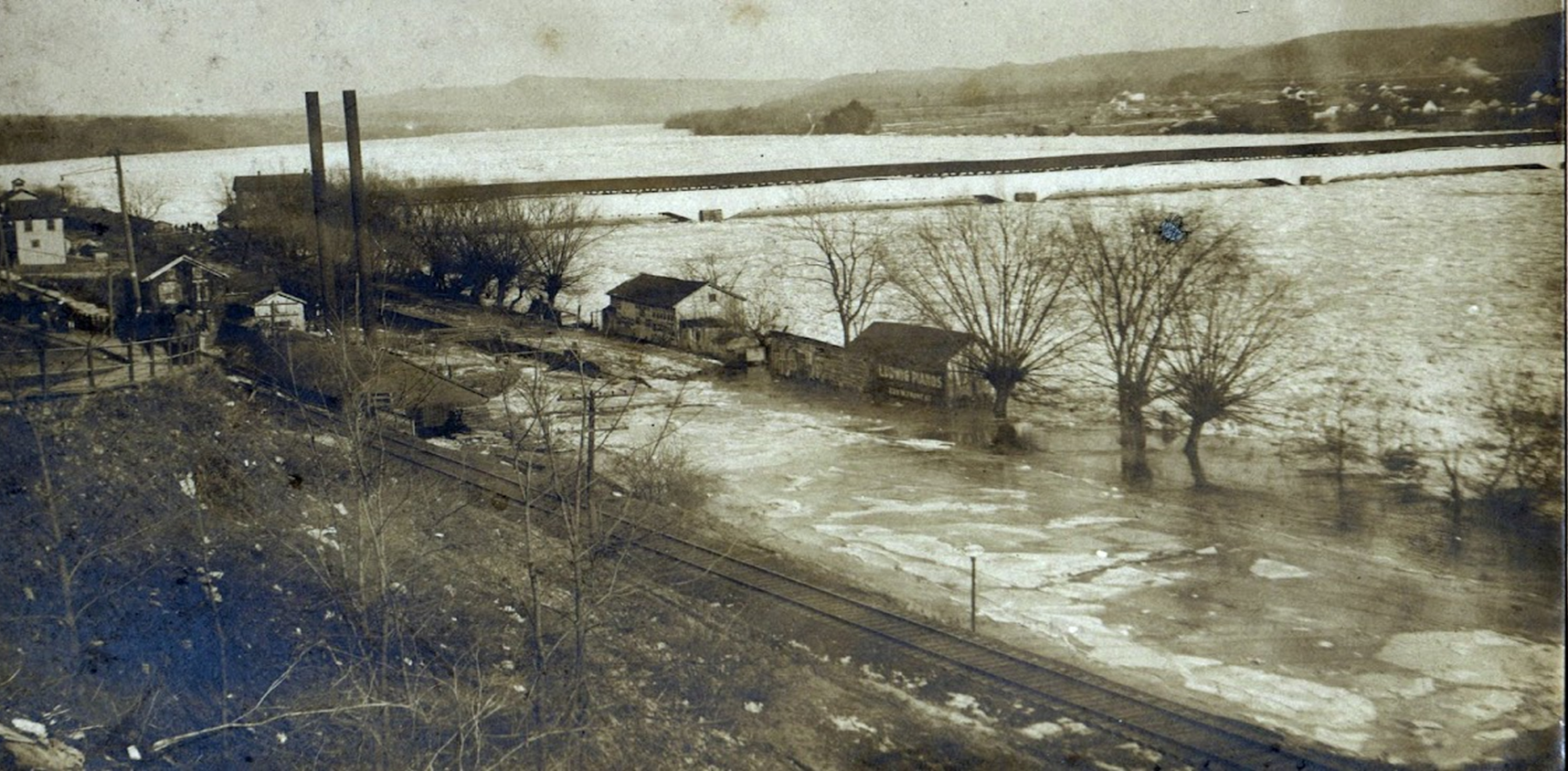
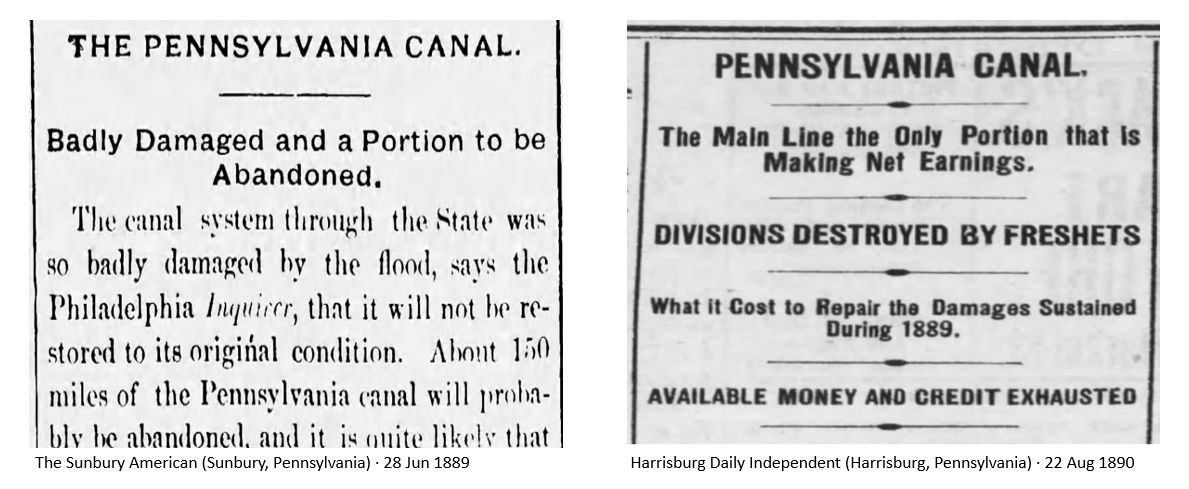
The Foreclosure
In 1894, the Reading Railroad sued in Federal court to end their lease of the canal, citing declining revenue and their preference for shipping coal by train. The court agreed, returning all control to the S&T Canal Company. Meanwhile, Maryland demanded payment of the million-dollar mortgage. The courts acknowledge the canal's unprofitability and inability to repay its debt, leading to foreclosure and a court ordered sale in 1895.
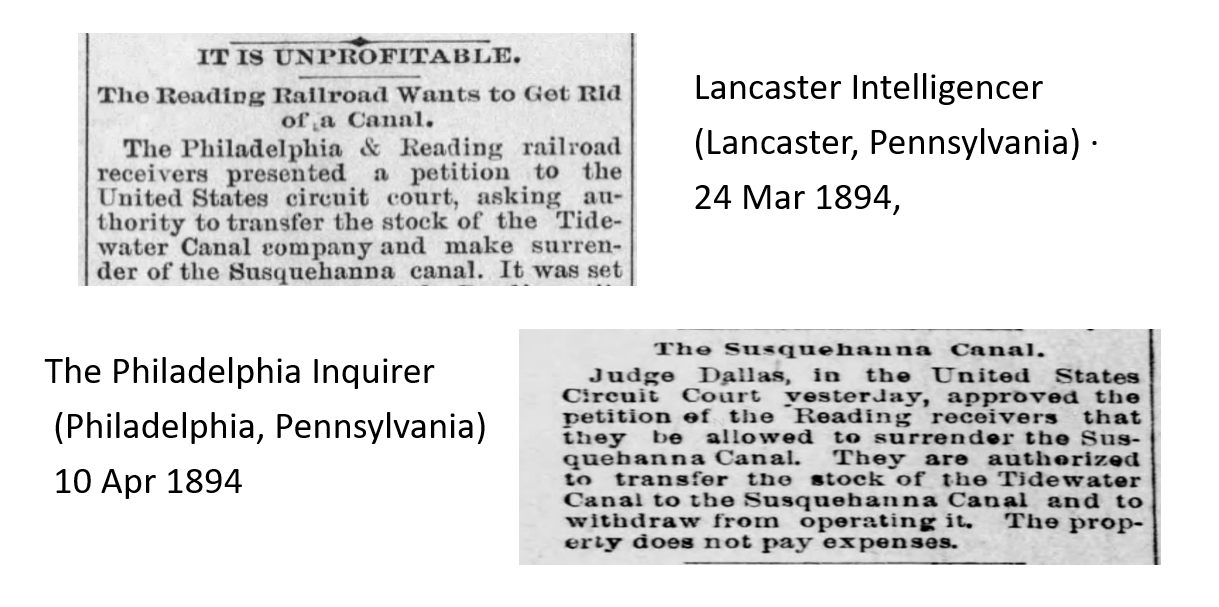
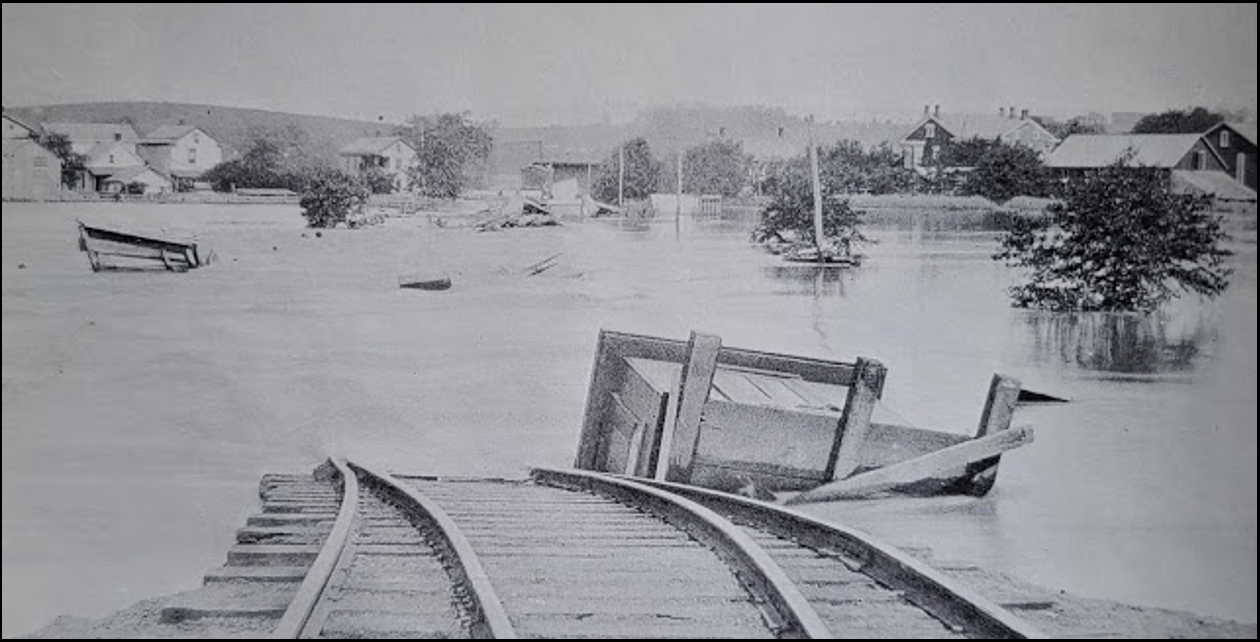
The Sale
Despite setting auction dates and holding multiple auctions, bids remained disappointingly low. The highest bid reached $80,000, far below the $1 million debt. Maryland, frustrated with delays, sued to complete the sale. The sale to the Philadelphia and Reading Railroad was completed in August 1896, marking the end of the S&T Canal.
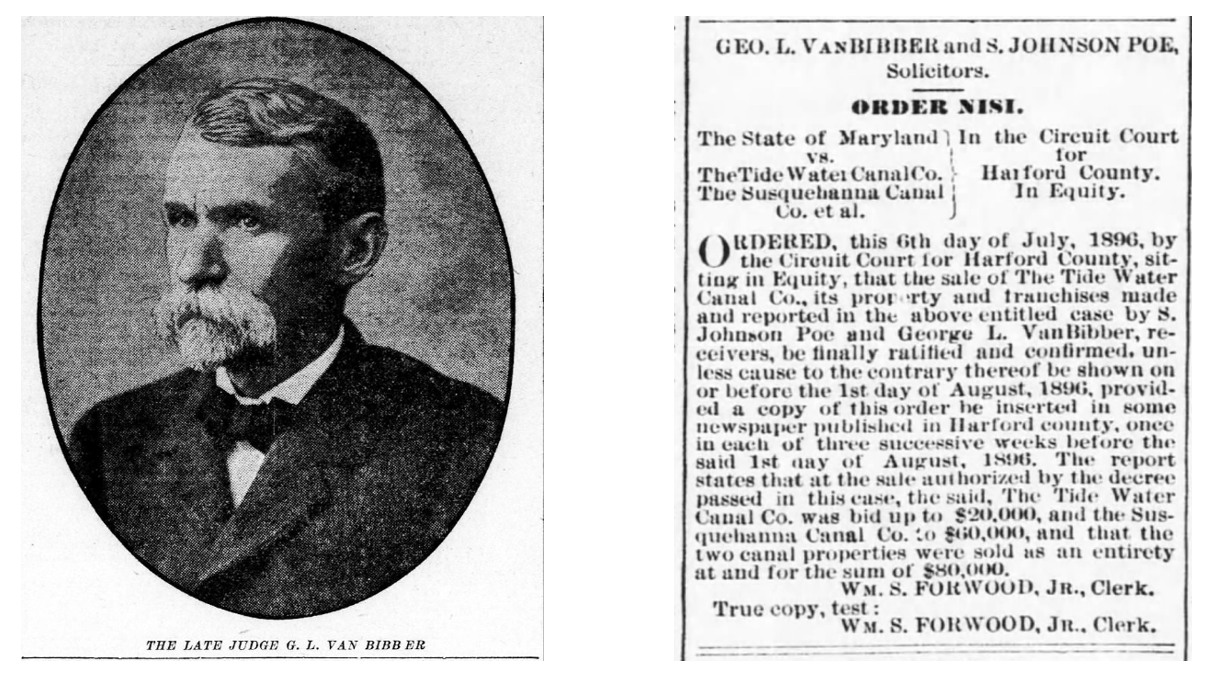
The Plan
After the canal closed, nature quickly reclaimed and destroyed what was left of it. Meanwhile, plans were already underway to construct an electrical power plant and dam at Conowingo. The Susquehanna River Electric Company had been acquiring property rights along the canal route in preparation for this new phase along the Susquehanna River.
